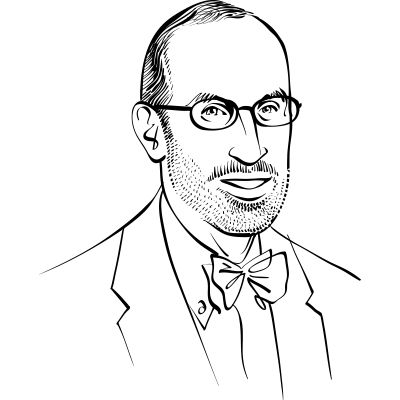After Decades of Research, Potential for TILs in Melanoma Is Higher Than Ever
Tumor infiltrating lymphocyte (TIL) technology represents an intriguing way of overcoming the immunosuppressive power of cancer, according to Jeffrey S. Weber, MD, PhD.

Jeffrey S. Weber, MD, PhD
Tumor infiltrating lymphocyte (TIL) technology represents an intriguing way of overcoming the immunosuppressive power of cancer, according to Jeffrey S. Weber, MD, PhD.
Weber provided an overview of the technology and discussed its potential benefit to oncologists and oncology professionals in a lecture presented byTargeted Oncologyon February 19, 2016.
“It’s yet another way of inducing remissions of long duration using an immunotherapeutic approach that’s different than ipilimumab and different than nivolumab or pembrolizumab,” said Weber, the deputy director of the Laura and Isaac Perlmutter Cancer Center, co-director of the Melanoma Program, and head of Experimental Therapeutics at NYU Langone Medical Center. “It’s got its own toxicity, but you can fail this therapy and respond to ipilimumab or respond to nivolumab or pembrolizumab. You can fail nivolumab or pembrolizumab or ipilimumab and respond to thisthey’re not cross-reactive.”
The mechanism of action is relatively straightforward, Weber said. Following resection, TILs are isolated from the tumor and are expanded to billions in vitro. These potent TILs are then infused back into a patient. Ideally, TIL therapy requires both preparative non-myeloablative chemotherapy and post-transfer high-dose bolus interleukin-2 (IL-2), according to Weber
Research into TILs began in the 1980s at the National Cancer Institute (NCI), where Weber was a fellow at the time. Today, TIL technology is being used at 8 locations worldwide, including the NCI, The University of Texas MD Anderson Cancer Center, and the Moffitt Cancer Center in the United States. TIL therapy centers are being established at 3 additional locations around the world.
Weber noted that the efficacy of TIL technology looks promising so fardurable clinical responses have been observed in about 50% of patients with metastatic melanoma to date. In an ongoing, unpublished study from researchers at Moffitt, TIL expansion was successful in 93% (41/44) of patients. Of the 44 resected patients, 36 were treated with TIL technology. The median progression-free survival was 12 months with a median overall survival of 52 months. Eight of the 36 TIL technology-treated patients (22%) have durable ongoing responses from 26-54 months. Median follow-up on the trial is 17 months.
One key challenge that has been partially overcome, Weber said, is finding a better way to grow TILs.
The process used to take 6 or more hours, multiple incubators, and multiple technicians. Today, he said, with the use of bioreactors and a closed system, the process is more efficient and only requires one technician. There is still more work to be done to make the process even better, according to Weber.
As he concluded his talk, Weber provided an overview of an ongoing study of TILs. The phase II, multicenter trial aims to assess the safety, feasibility, and anti-tumor activity of this treatment followed by IL-2 for the treatment of patients with metastatic melanoma who are refractory to at least 1 systemic therapy.
For trial inclusion, patients must have measurable disease with at least 1 lesion that is resectable for TIL generation, i.e. at least 1.5 cm in diameter and able to be removed with minimal morbidity. Exclusion criteria include prior cell transfer therapy that included non-myeloablative or myeloablative chemotherapy regimen, brain metastases, and current use of a systemic steroid regimen.
This trial is an exciting early step, according to Steven A. Fischkoff, MD, chief medical officer, Lion Biotechnologies, Inc., the company developing TILs. If this trial yields good results, the hope is that TIL technology can advance and become commercially available soon.
Fischkoff noted that looking at TILs now is a look toward the future, and that he remains hopeful. Weber remains hopeful, too, and said that the potential for TILs does not end with melanoma, as the technology could be beneficial for patients with other types of cancer.
“You can definitely grow TILs from a variety of tumors,” Weber said. “In the old days, people tried to do it and couldn’t figure out what to do. It turns out to be much easier to do than we thought.”